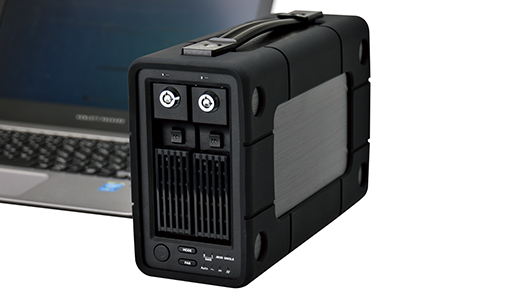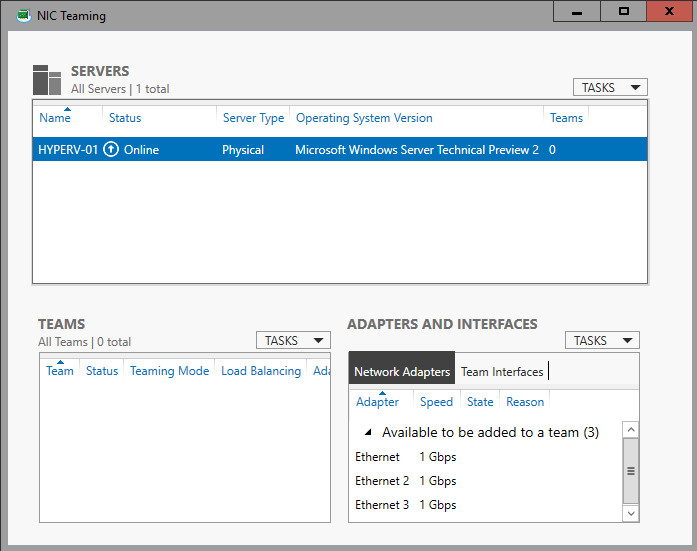
| Description | Type | OS | Version | Date |
|---|---|---|---|---|
| Intel® Rapid Storage Technology (Intel® RST) User Interface and Driver The Intel® Rapid Storage Technology (Intel® RST) Driver (16.8.3.1003) supports the configuration and enabling of system acceleration with Intel® Optane™ Memory and maintenance of RAID 0/1/5/10. | Driver | Windows 10, 64-bit* Windows Server 2016* | 16.8.3.1003 Latest | 7/2/2020 |
| Intel® RSTCLI Pro for Intel® Optane™ Memory The Intel® RST CLI Pro utility can be used to perform basic acceleration operations on Intel® Optane memory capable systems. | Software | Windows 10, 64-bit* | 17.9.1.1009 Latest | 6/19/2020 |
| Intel® Rapid Storage Technology Driver Installation Software with Intel® Optane™ Memory The Intel® Rapid Storage Technology (Intel® RST) Floppy Driver (17.9.1.1009) supports the configuration and enabling of system acceleration with Intel® Optane™ memory and maintenance of RAID 0/1/5/10. | Driver | Windows 10, 64-bit* Windows Server 2016* | 17.9.1.1009 Latest | 6/19/2020 |
| Intel® Optane™ Memory User Interface and Driver for System Acceleration The Intel® Optane™ Memory UI is specifically designed and optimized to support system acceleration with Intel® Optane™ memory modules. (16.8.3.1003) | Driver | Windows 10, 64-bit* | 16.8.3.1003 Latest | 7/2/2019 |
Best Raid Drives For Mac
Disk Utility User Guide
You can create a Redundant Array of Independent Disks (RAID) set to optimize storage performance and increase reliability in case of a disk failure. You can also create a set that concatenates smaller disks to act as one larger disk.
QNAP JBOD Manager With the QNAP JBOD Manager, Windows®, Mac® and Ubuntu® users can quickly obtain the status of JBOD health, fan rotation speed, device temperature threshold and view firmware version. All device events are recorded, and desktop notifications will be sent if a system alert occurs. Raid Manager is a 3D real-time Hack and Healing RPG. Play the role of a Healer and Raid leader with a Tank and three damage dealers to explore unique dungeons wrapped in a darkness. † New control system that had 'Never been before'. There is a new control system built in the game. RAID 0 is a popular disk setup solution to achieve the fastest possible read and write disk speeds by splitting data between two or more hard drives. The latest version of Mac OS X High Sierra (10.13) does not allow you to simply install to any kind of RAID configuration. This has frustrated a lot of the Mac. How to set up a RAID in macOS Sierra’s Disk Utility. This will erase any data that exists on the disks you want to use for the RAID. Back up that data if you want to save it. The MAXPower RAID mini-SAS 6G-2e has an automatic passthrough feature that will pass any connected drive to the OS without needing to initialize it via the Web Manager. With other RAID cards, the card's RAID system takes immediate control of the drive rendering it unusable until you configure it.
In the Disk Utility app on your Mac, choose File > RAID Assistant.
Select a set type: Mf doom special herbs box set zip.
Striped (RAID 0) set: A striped RAID set can speed up access to your data. You can’t create a RAID set on your startup disk; you must first start up your computer from another disk.
Mirrored (RAID 1) set: Protect your data against hardware failure with a mirrored RAID set. When you create a mirrored RAID set, your data is written to multiple disks so the information is stored redundantly. Sylvania scr1986bt as user manual. You can’t create a RAID set on your startup disk; you must first start up your computer from another disk.
Concatenated (JBOD) set: Increase storage space with a concatenated disk set. If you need one large disk, but you have several smaller disks, you can create a concatenated disk set to use as one large disk.
Select the checkboxes of the disks you want to include in the set.
For each disk, click the pop-up menu in the Role column and choose “RAID slice” or “Spare” to designate the disk as a standard member or spare in the set, then click Next.
Enter a name for the RAID set in the RAID Name field.
Click the Format pop-up menu, then choose a volume format that you want for all the disks in the set. (See File system formats available in Disk Utility.)
Click the “Chunk size” pop-up menu, then choose a disk chunk size that you want used for all the disks.
When you create a striped set, chunks of data from the same file are distributed across the drives. Ideally, you want data distributed across drives evenly and at an optimum size so that it can be efficiently accessed. If you want high data throughput from your set, choose a smaller chunk size so that data is spread across the drives and one drive can be accessing data while another is seeking the next chunk. With mirrored disk sets, choose a chunk size that matches the data you’re accessing. For example, when working with video files, your Mac is accessing large chunks of data, whereas when using a database of many small records, your disks may be accessing smaller chunks of information.
If you are creating a mirrored RAID set, select the “Automatically rebuild” checkbox to allow the set to be automatically rebuilt when member disks are reconnected.
Click Create.
Click Done.
If you have a Mac Pro with a Mac Pro RAID card, use RAID Utility. It uses the RAID card for better performance and to create more types of RAID sets.
Raid System For Mac

Raid Manager Software
